Name Yusof Ishak Succeeded by Position abolished Role Politician | Full Name Yusof bin Ishak Parents Encik Ishak bin Ahmad | |
 | ||
Preceded by Sir William Allmond Codrington Goode Died November 23, 1970, London, United Kingdom Presidential term August 9, 1965 – November 23, 1970 Siblings Aziz Ishak, Abdul Rahim Ishak, Laila Hanifa Ishak Children Orchid Kamariah Yusof Ishak, Zuriana Yusof Ishak, Imran Yusof Ishak Education | ||
Succeeded by Benjamin Henry Sheares | ||
Opening of yusof ishak exhibition iseas library
Tun Haji Yusof bin Ishak , SMN (Jawi: يوسف بن إسحاق ; ; 12 August 1910 – 23 November 1970) was a Singaporean politician and the first President of Singapore, serving from 1965 to 1970. Before becoming head-of-state, Yusof was a well-known journalist and co-founded Utusan Melayu, which is still in publication today. He started journalism after he graduated from Raffles Institution in 1929 and in 1932, he joined Warta Malaya, a well-known Malay newspaper company at that time. He left the company in 1938 and co-founded Utusan Melayu.
Contents
- Opening of yusof ishak exhibition iseas library
- Yusof ishak secondary school launches president s trail
- Early life
- Journalism career
- Political career and presidency
- Family and personal life
- Legacy
- Titles and styles
- Awards and honours
- References
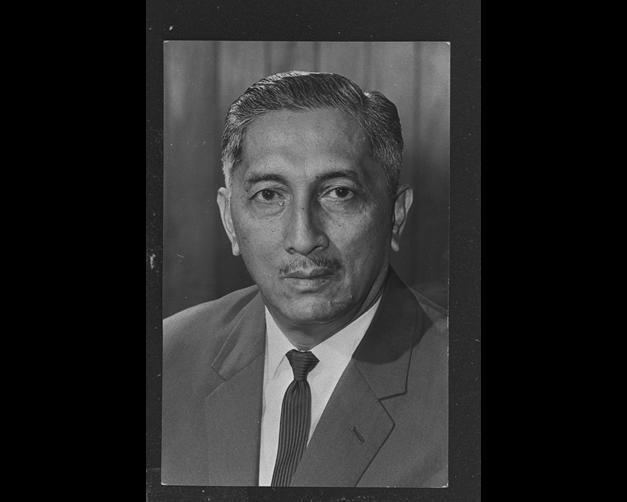
Yusof held many appointments within the Singaporean government, he served on the Film Appeal Committee from 1948 to 1950 and was also a member of both the Nature Reserves Committee and Malayanisation Commission for a year. In July 1959, he was appointed Chairman of the Public Service Commission, Singapore. He was sworn on 3 December 1959 as Singapore's Yang di-Pertuan Negara (head of state) after the PAP won the first election held in Singapore after Singapore's self-governance. Yusof then became the first President of Singapore after the country gained independence on 9 August 1965.
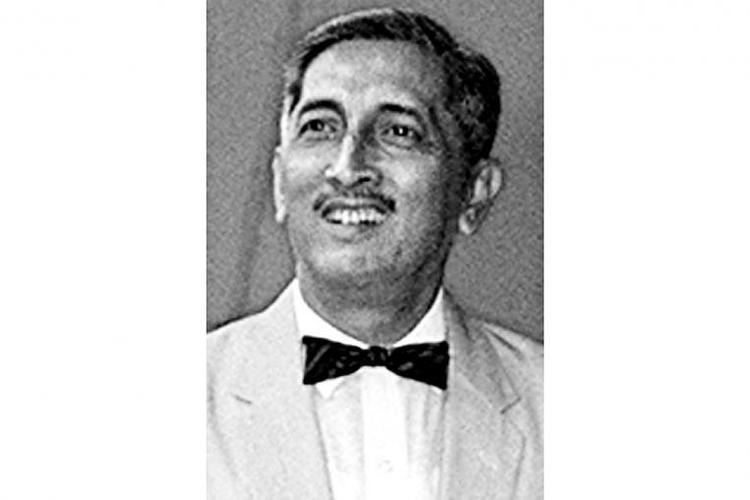
His portrait appears on the Singapore Portrait Series currency notes introduced in 1999.
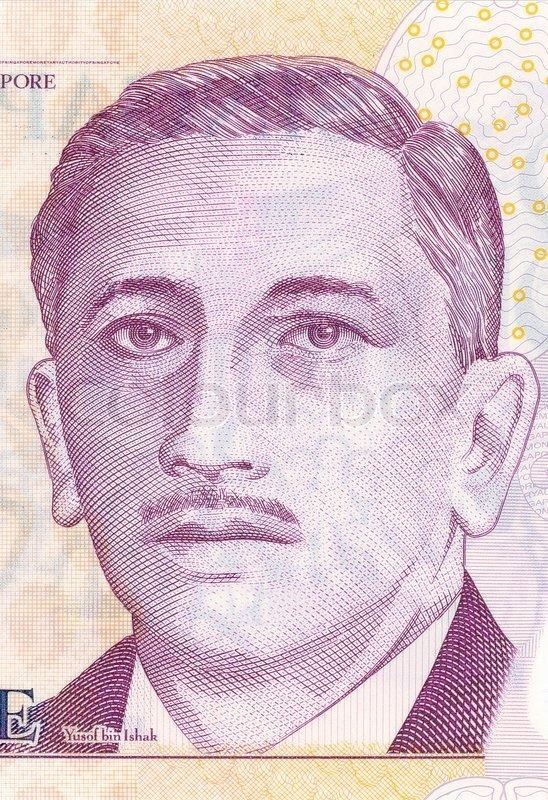
Yusof ishak secondary school launches president s trail
Early life

Born on 12 August 1910 in Terong, Taiping, Perak Darul Ridzuan, which was then part of the Federated Malay States (present day Malaysia), Yusof was the eldest son in a family of nine. He was of Minangkabau descent from his father's side while his mother was a Malay from the Langkat region in Indonesia. His father, Ishak bin Ahmad, was also a civil servant and held the post of Acting Director of Fisheries, Straits Settlements and Federated Malay States. His brother, Aziz Ishak, was a Malayan journalist and freedom fighter.
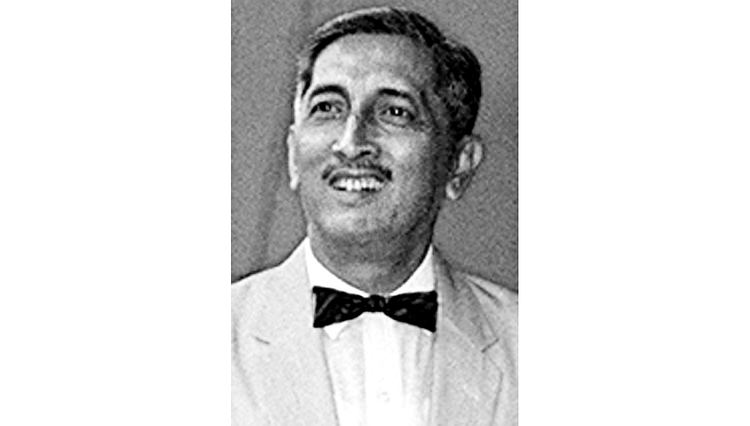
Yusof received his early education in a Malay school in Kuala Kurau, Perak and began his English studies in 1921 at King Edward VII School in Taiping, He was then admitted to Victoria Bridge School in 1923 when his father was posted to Singapore. In 1924, he was enrolled in Raffles Institution for his secondary education. During his time in Raffles Institution, he played various sports such as swimming, weight lifting, water-polo, boxing, hockey and cricket and had also represented the school in various sporting events. He was also part of the Singapore National Cadet Corps and was commissioned as the first ever cadet officer in the Corps due to his outstanding performance. Yusof received his Cambridge School Certificate with distinction in 1927, he was also awarded the Queen's Scholarship and decided to prolong his studies at Raffles Institution until 1929.
Journalism career
After graduating from Raffles Institution in 1929, Yusof began his career as a journalist and went into partnership with two other friends to publish, Sportsman, a sports magazine devoted entirely to sports. In 1932, Yusof joined Warta Malaya, a well-known newspaper during that time. Warta Malaya was heavily influenced by developments in the Middle East and Yusof wanted a newspaper dedicated to Malay issues. He fulfilled his vision by establishing Utusan Melayu with several Malay leaders in Singapore in May 1939.
During the Japanese Occupation of Singapore, Utusan Melayu had to stop circulation as machinery used to print the paper were requisitioned to publish the Japanese paper, Berita Malai. Yusof then moved back to Taiping and with the remaining money he had, he opened a provision shop and lived there until the war ended in 1945 and Utusan Melayu resumed publication. In 1957, Yusof moved to Kuala Lumpur and in February 1958, the headquarters of Utusan Melayu was also relocated to the city. During the post-war period, many Malays wanted independence of Malaya from the British and Yusof, fanned this fervour through his publications which resulted in the formation of the United Malay Nationalist Organisation (UMNO) in 1946. However, his democratic ideals were different from UMNO's vision of reestablishing the monarchy of Malaya. This resulted in rising tensions within the Utusan Melayu and in 1959, Yusof had sold his shares he had in the company and resigned as UMNO had bought over almost all of the shares of Utusan Melayu.
Political career and presidency

Yusof held several appointments within the Singaporean government, he had served on the Film Appeal Committee from 1948 to 1950 and was also a member of both the Nature Reserves Committee and Malayanisation Commission for a year. After his resignation from Utusan Melayu, Yusof took the position of Chairman of the Public Service Commission of Singapore at the invitation of then Prime Minister Lee Kuan Yew.
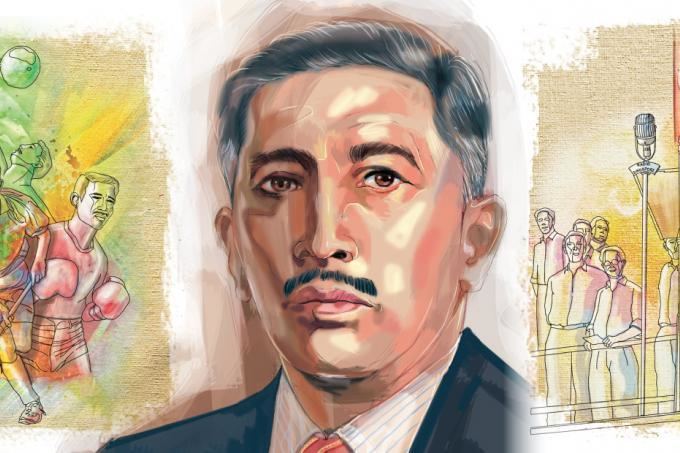
After PAP's victory from the 1959 Singaporean elections, Yusof was appointed as Yang di-Pertuan Negara and was sworn on 3 December 1959. During his time as Yang di-Pertuan Negara, Singapore was divided by racial conflicts. Yusof actively promoted multiculturalism and reached out to people of all races to help restore trust and confidence after the 1964 racial riots.
On 9 August 1965, Singapore was expelled from the Malaysia and became an independent nation. The position of Yang di-Pertuan Negara was abolished and Yusof then became the first President of Singapore. As president, Yusof reached out to the people to reassure citizens astonished by Singapore's expulsion and continued to promote multiculturalism and a national identity within the country by visiting constituencies and reached out to different racial and religious groups.
Yusof served for three terms in office before he died on 23 November 1970 due to heart failure.
Family and personal life
Yusof is survived by his wife of twenty one years, Puan Noor Aishah, and their three children, Orkid Kamariah, Imran, and Zuriana. Puan Noor Aishah continued her husband's legacy of public service and was the first Asian to become president of the Singapore Girl Guides Association. She and her now adult children were interviewed for the Channel NewsAsia documentary Daughters of Singapore, which screened in August 2015 as part of the SG50 celebrations and commemorated the spouses of Yusof Ishak and David Marshall, two pioneer leaders of Singapore.
Yusof participated in several sports in his youth. He won the Aw Boon Par Cup for boxing in 1932, and was the national lightweight champion in weightlifting in 1933. One of Yusof's hobbies was photography, and a collection of his photographs was donated to the National Archives of Singapore by his widow, Noor Aishah. He also cultivated orchids, and had the tennis courts at his residence on the Istana grounds, Sri Melati, converted into an orchid garden. He performed the pilgrimage to Mecca in 1963.
Legacy
The following institutions bear Yusof Ishak's name:
Other memorials include:
